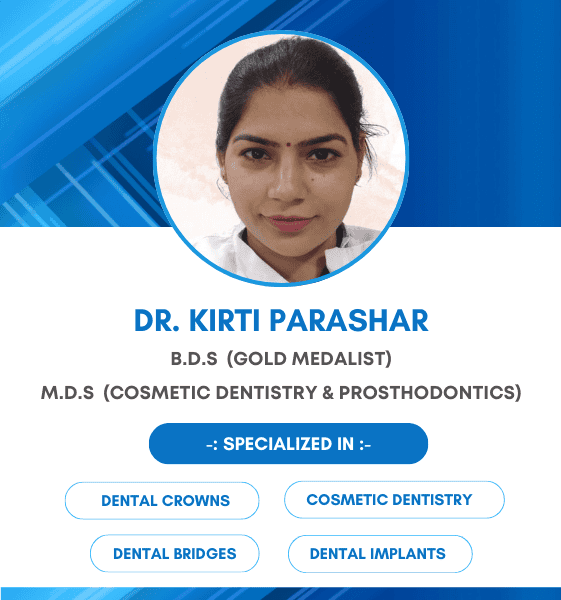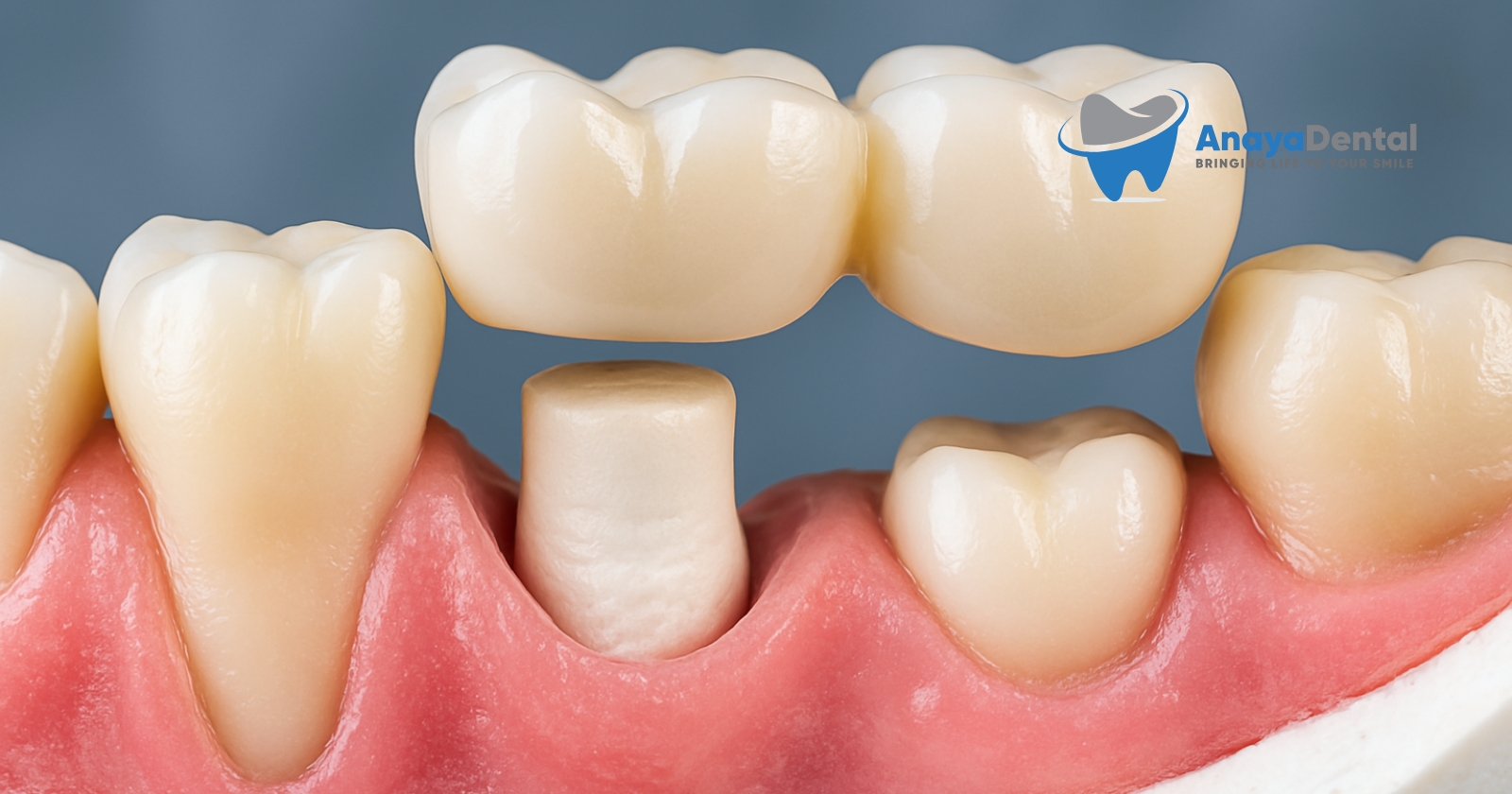Are you considering a frenectomy procedure or wondering how it’s covered by insurance? Understanding the proper dental codes can make a significant difference in your reimbursement experience. This guide breaks down everything you need to know about current frenectomy codes, coverage options, and what to expect during the billing process.
What Exactly Is a Frenectomy?
Before diving into coding details, let’s clarify what this procedure involves. A frenectomy is the surgical removal or modification of a frenum—the small fold of tissue that connects parts of your mouth. The most common types include:
- Labial frenectomy: Removes the tissue connecting your upper lip to your gums. This is often performed to address a gap between the front teeth (diastema) or to prevent gum recession caused by a high frenum attachment.
- Lingual frenectomy: Addresses the tissue under your tongue that may restrict movement, a condition known as ankyloglossia or “tongue-tie.” This restriction can affect speech development, feeding, and swallowing functions.
- Buccal frenectomy: Involves the tissue connecting your cheek to your gums, which may cause irritation, inflammation, or interfere with proper oral hygiene in the molar regions.
These procedures can be performed using traditional surgical methods with a scalpel or modern laser techniques. The frenulectomy procedure typically involves a simple excision or removal of a wedge section of the frenum, while frenuloplasty is more complex and involves additional tissue reconstruction or repositioning of aberrant muscles with techniques such as z-plasty or local flap closure.
Try Our Dental Calculators
Current Dental Codes for Frenectomy Procedures
The coding for frenectomy procedures changed significantly in 2021. If you’re dealing with insurance from before 2021, you might encounter outdated codes that could cause claim issues.
Today’s Primary CDT Codes
As of 2025, dental professionals use these specific codes:
- D7961: Buccal/labial frenectomy (frenulectomy) – Used for procedures involving the tissue connecting the lip to the gum
- D7962: Lingual frenectomy (frenulectomy) – Used specifically for procedures addressing the lingual frenum under the tongue
- D7963: Frenuloplasty – More complex procedure involving excision of frenum with accompanying excision or repositioning of aberrant muscle and z-plasty or other local flap closure
These site-specific codes eliminate the need for additional arch designation when submitting insurance claims, making the billing process more straightforward for providers and reducing the likelihood of claim denials.
Medical CPT Codes for Frenectomy
In some cases, especially when medical necessity is established, your provider might bill using CPT codes instead:
- 40806: Incision of labial frenum (frenotomy) – A simpler procedure that doesn’t fully remove the frenum
- 40819: Excision of frenum, labial or buccal (frenumectomy, frenulectomy, frenectomy)
- 41010: Incision of lingual frenum (frenotomy)
- 41115: Excision of lingual frenum (frenectomy)
- 41520: Frenoplasty (surgical revision of frenum, for example, with Z-plasty)
Your provider will determine which code set is appropriate based on your specific clinical situation and insurance coverage parameters.
Historical Context Worth Noting
Prior to 2021, all frenectomy procedures were reported using a single code:
- D7960: Frenulectomy (also known as frenectomy or frenotomy) – separate procedure not incidental to another procedure
This older code was replaced because it created problems when patients needed multiple frenectomies in different areas of the mouth—insurance companies often denied the second procedure as a duplicate claim. The 2021 code changes were specifically implemented to address this issue and provide greater specificity in identifying the anatomical site of the procedure. The American Academy of Pediatric Dentistry’s coding updates provide detailed explanation of this transition.
How Much Will Insurance Cover?
Understanding potential coverage can help you plan for your procedure costs. Frenectomy procedures are generally considered dental-in-nature (DIN) oral surgery procedures, but specific circumstances may determine whether they’re covered under your dental or medical benefits.
Dental Insurance Coverage Limitations
Most dental plans limit frenectomy coverage to:
- One D7961 or D7963 per arch per lifetime
- One D7962 per lifetime
Be aware that many plans have waiting periods for oral surgery procedures, typically ranging from 3-6 months after your policy begins. According to a 2023 analysis by Delta Dental, coverage limitations are designed to prevent overutilization of these procedures.
Approximate Cost Ranges
Without insurance coverage, you can expect to pay:
- Traditional scalpel frenectomy: $250-$600, depending on location and provider
- Laser frenectomy: $450-$1,200, with the higher cost reflecting the advanced technology and potentially improved outcomes
- Frenuloplasty (more complex procedure): $500-$1,500, depending on complexity
Medical vs. Dental Insurance Options
Your frenectomy might be covered under either medical or dental insurance, depending on the medical necessity criteria. Here’s how coverage typically breaks down:
Conditions That May Qualify for Medical Insurance Coverage:
- Breastfeeding difficulties in infants: Usually requires lactation consultant evaluation and physician referral. Advantage: Often provides higher coverage amounts, but may require pre-authorization.
- Speech pathology issues: Requires speech therapist evaluation. May cover related therapy but often involves a longer approval process.
- Swallowing problems: Requires swallowing study or physician documentation. Often covers facility fees if hospital-based, though higher deductibles may apply.
- Significant persistent midline diastema with psychological impact: Requires photos and documentation of psychological effects. Provides multiple coverage options but needs substantial documentation.
Conditions Usually Covered by Dental Insurance:
- Orthodontic treatment concerns: Requires orthodontist recommendation. Offers simpler claims process but may face lower annual maximums.
- Prosthesis fit issues: Needs prosthodontist documentation. Features more straightforward approval but counts against annual maximum.
- Interference with oral hygiene: Requires periodontal charting and photos. Easier to document but may be subject to higher copays.
- Gingival defects or alveolar bone loss: Requires periodontal evaluation and x-rays. Often bundled with periodontal treatment but subject to periodontal benefits limitations.
TIP: Always check with both your medical and dental insurance providers before your procedure to determine optimal coverage. Some patients find success in submitting to medical insurance first, then dental insurance as secondary coverage for any remaining balance.
Documentation Requirements You Should Know
For successful insurance claims, your provider will need to submit comprehensive documentation. Understanding these requirements can help you prepare for your appointment and ensure smooth processing of your claim.
Required Documentation for All Frenectomy Claims
- Clinical chart and treatment notes documenting medical necessity and the specific frenum being addressed
- Detailed narrative explaining why the procedure is needed and how it relates to your specific diagnosis
- Diagnostic codes (ICD-10) that accurately reflect your condition, such as:
- Q38.1: Ankyloglossia (tongue-tie)
- K13.79: Other lesions of oral mucosa (for abnormal frenum attachments)
- M26.79: Other specified dentofacial anomalies (for cases affecting dental alignment)
Supplementary Documentation Often Requested
- Photographic images of the frenum condition (increasingly required by most insurers)
- Pre-operative and post-operative x-rays (for cases involving bone loss or diastema)
- Periodontal charting when the procedure relates to gum health issues
- Specialist evaluations from speech therapists, lactation consultants, or orthodontists as applicable to your specific case
According to Envolve Dental’s clinical policy, insufficient documentation is the most common reason for claim denials, with up to 43% of frenectomy claims initially denied due to inadequate supporting documentation.
Documentation Timeline
Most insurers require that documentation be submitted within specific timeframes:
- Pre-authorization documentation: Usually 30 days before the procedure
- Post-procedure documentation: Typically within 90 days of service
PRO TIP: Ask your provider for copies of all documentation they submit to your insurance company. Having these records can be invaluable if you need to appeal a denied claim.
Traditional vs. Laser Frenectomy: What’s the Difference?
The traditional scalpel approach is increasingly being supplemented by laser techniques. Understanding the differences between these methods can help you make an informed decision about your treatment options.
Traditional Scalpel Technique
The conventional approach uses surgical scissors or a scalpel to excise the frenum tissue.
Advantages:
- Lower procedure cost (typically $250-$600)
- Widely available at most dental practices
- Well-established technique with predictable outcomes
- May be more thoroughly covered by insurance plans
Disadvantages:
- Requires local anesthesia injections
- More bleeding during and after the procedure
- Usually requires sutures (stitches)
- Longer healing time (typically 7-14 days)
- Higher risk of post-operative infection
Laser Frenectomy Techniques
Several types of lasers are used for frenectomy procedures, with diode lasers (particularly 940 nm or 980 nm wavelengths) being most common in dental practices.
Advantages:
- Minimal or no bleeding during the procedure
- Significantly less post-operative pain (58% reduction according to one study)
- No sutures required in most cases
- Faster procedure time (typically 5-10 minutes vs. 15-30 minutes for traditional)
- Reduced risk of infection due to laser sterilization effect
- Faster healing (typically 3-7 days)
- Better precision for tissue removal
Disadvantages:
- Higher cost (typically $450-$1,200)
- May not be available at all dental practices
- Some insurance plans may not cover the additional cost of laser technology
- May require specific coding modifications (some providers use a “52” modifier to indicate laser use)
Research-Backed Results
Recent clinical studies provide compelling evidence for laser frenectomy benefits:
- A 2023 observational study comparing 980 nm diode laser frenectomy to conventional scalpel techniques found statistically significant improvements in healing time (average 5 days vs. 10 days) and post-operative pain levels (2.1 vs. 4.8 on pain scale)
- Another study examining 940 nm diode laser frenectomies in pediatric patients showed 97% of procedures required no post-operative pain medication beyond the first 24 hours
If you’re considering a laser frenectomy, ask your provider about their specific laser technology and experience with these procedures.
Potential Billing Issues to Watch For
Understanding common billing complications can help you avoid unexpected costs and claim denials.
Procedure Bundling Rules
When a frenectomy is performed alongside other procedures, it may be considered “bundled” and not separately billable. This bundling concept is a frequent source of claim denials and patient confusion.
Common bundling scenarios:
- Frenectomy with soft tissue grafting: The frenectomy is typically considered inclusive to the grafting procedure code
- Frenectomy during active orthodontic treatment: May be considered part of comprehensive orthodontic services
- Frenectomy performed during periodontal surgery: Often bundled with the primary periodontal procedure
Example scenario: If you have a gum graft (D4273) and a labial frenectomy (D7961) performed in the same surgical session, your insurance may only reimburse for the gum graft, considering the frenectomy as incidental to the primary procedure.
According to a medical billing guide by Outsource Strategies, understanding these bundling scenarios is essential for preventing claim rejections.
Separate Procedure Designation
CDT codes D7961 and D7962 are defined as “separate procedures.” This designation has specific implications for billing:
- These codes shouldn’t be separately billed when performed with other surgical procedures in the same area by the same provider on the same day
- They can be billed separately when performed in a different surgical site or on a different date of service
- The insurance company may request additional documentation to justify billing these as separate procedures
The Wisconsin ForwardHealth portal provides detailed guidelines on how these “separate procedure” designations affect reimbursement.
Modifiers That May Impact Coverage
In certain circumstances, specific modifiers may be used to clarify billing:
- 59 Modifier (for CPT codes): Indicates that a procedure is distinct from other services performed on the same day
- 52 Modifier: Used when a procedure is reduced in scope (may apply to laser procedures in some cases)
- GA Modifier: Indicates that a signed Advance Beneficiary Notice is on file (for non-covered services)
Pre-Authorization Requirements
Many insurance companies now require pre-authorization for frenectomy procedures. Failing to obtain this can result in claim denial even if the procedure would normally be covered.
Pre-authorization typically requires:
- Submission 30 days prior to the procedure date
- Clinical photographs showing the frenum condition
- Detailed treatment plan explaining the necessity of the procedure
- Supporting documentation from specialists (as applicable)
IMPORTANT: Always verify with your insurance carrier whether pre-authorization is required for your specific plan. The rules can vary significantly between different insurance products even from the same company.
Special Considerations for Pediatric Frenectomies
Frenectomies for infants and children present unique coding and coverage considerations that differ from adult procedures.
Infant Tongue-Tie (Ankyloglossia)
For newborns and infants with feeding difficulties:
- Medical insurance often provides better coverage than dental insurance
- CPT code 41010 (lingual frenotomy) or 41115 (lingual frenectomy) is typically used
- Documentation from lactation consultants substantially increases approval rates
- Timing is critical: procedures performed before 3 months of age have higher approval rates
Pediatric Cases for Speech Issues
For children with speech concerns:
- Documentation must include evaluation from a speech-language pathologist
- ICD-10 code F80.0 (Phonological disorder) often provides better coverage than anatomical codes
- Staged treatment plans showing how the frenectomy fits into overall speech therapy may improve coverage
Alternative Payment Options When Insurance Doesn’t Cover
If your insurance denies coverage or you lack insurance:
- Dental Discount Plans: May provide 15-50% off the procedure cost
- Healthcare Credit Cards (like CareCredit): Offer special healthcare financing, often with 0% interest for 6-12 months
- Flexible Spending Accounts (FSAs) or Health Savings Accounts (HSAs): Allow you to use pre-tax dollars
- Payment Plans: Many providers offer in-house financing options
- Medical Fundraising Platforms: Options like GoFundMe for cases involving children with significant functional impairments
Quick Review
- Modern frenectomy coding uses three specific dental codes (D7961, D7962, D7963) that replaced the older single code (D7960) in 2021
- Medical CPT codes (40806, 40819, 41010, 41115, 41520) may provide alternative coverage options
- Coverage is typically limited to one procedure per site per lifetime
- Medical necessity documentation is crucial and should be specific to your condition
- Laser techniques often provide clinical advantages but may have higher out-of-pocket costs
- Procedure bundling rules can significantly impact insurance reimbursement
- Special considerations apply for pediatric cases, particularly for infants with feeding issues
- Pre-authorization requirements and timing can greatly affect coverage outcomes
- Alternative payment options exist when insurance coverage is unavailable


